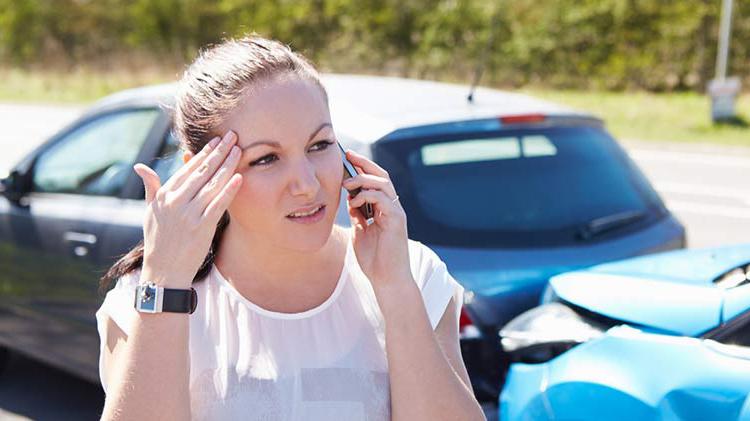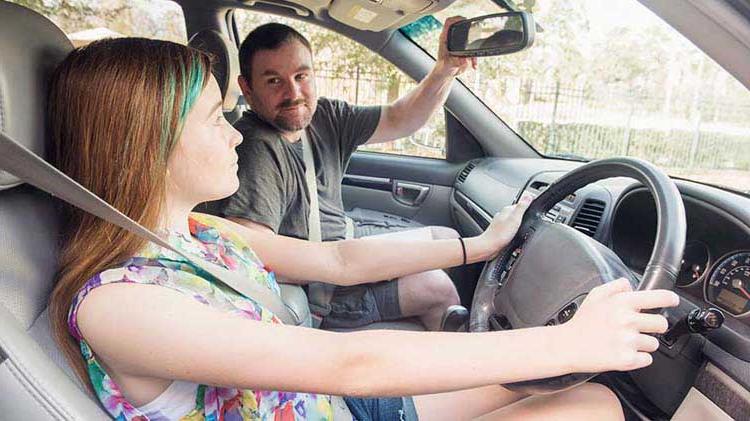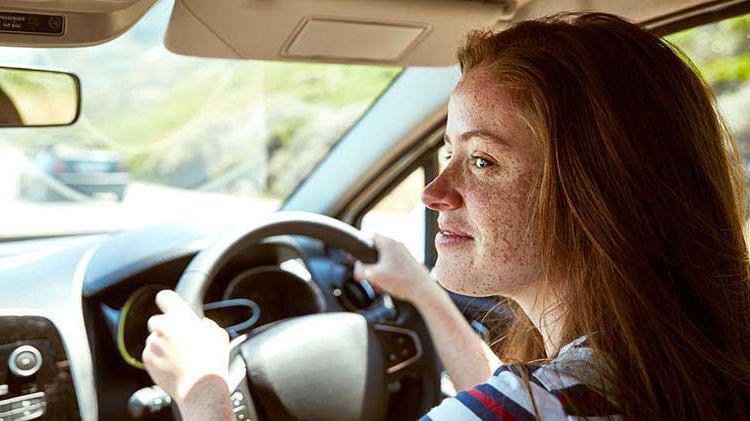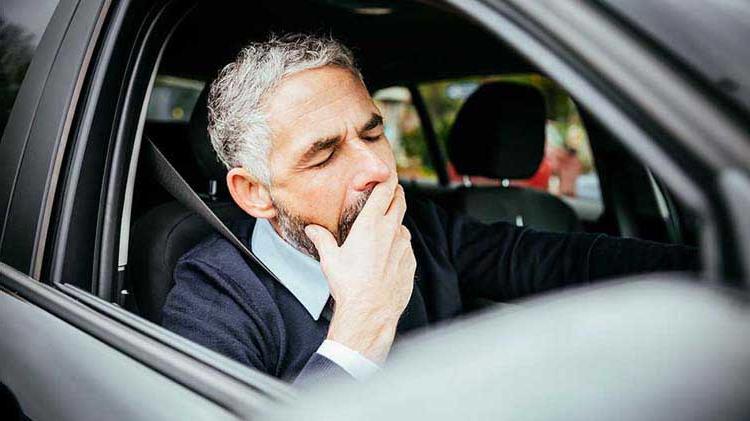Advice for teens on dealing with an auto accident
A driver's first accident can be traumatic and if the driver is a teen it can be stressful for the parents as well.
Knowledge of the dos and don'ts of accidents can help ease that stress and mitigate the problems that might arise afterward. Although every accident is unique, you can prepare your teen to know what to do after an accident.
Before your teen gets on the road
Before your teen heads out there are some steps they can take to be prepared:
- Download and set up an insurance mobile app. The State Farm® mobile app also enables you to have an accessible digital copy of your insurance card as well as agent contact information.
- Make sure the insurance card and registration are in the vehicle.
- Know how to use a mobile phone's camera to document any post-accident damage.
After-accident actions a teen should take
If your teen is in accident, the first step is to ask: is anybody hurt? If anybody is injured, contact 911 emergency services for help immediately.
The second step is to make sure that your teen remains safe. That means getting out of the way if it can be done safely.
- If the vehicles are drivable, move them to a safe spot on the shoulder or otherwise out of the way of traffic.
- Turn on hazard lights and set up emergency cones, if available.
- Get out of the vehicle, unless it is unsafe to do so.
- If the vehicle is not safe to drive, use the mobile app to contact Roadside Assistance to arrange a tow. Roadside service from State Farm is available 24 hours a day.
Once in a safe location, your teen needs to call the police, no matter how bad the accident was. For minor accidents, your teen may need to file a police report on his or her own, which your help and guidance will likely be needed. Even if an accident happens on private property, contact the police to report the incident. Depending on the severity of the accident the police may or may not come out to make a report. It's always in everyone's best interest to contact the police.
Now that the police have been notified and your teen is in a safe spot, you can let them know it's the right time to call you and then after that take steps to record all the details.
- Use the mobile app to alert the insurance company and/or agent about the accident and help to begin the claims process.
- In the mobile app share information, such as contact details and insurance details, with anyone else involved in the accident.
- Ask other drivers to share their details, too. This information will be needed once fault and financial responsibility are established. Make sure your teen knows to record if they are the car owners.
- Using the mobile app, have your teen take notes about what he or she remembers of the accident, and upload photos, too. (There will be photo reminders of what to take and how many images are needed in the app.)
- Your teen should ask for and keep a copy of the police report.
What your teen should never do after an accident
- Don't try to assign blame.
- Don't sign anything from anyone other than the police.
- Don't leave the scene.
After your teen reports an accident
Available coverage and determination of fault will help outline how repairs and other costs, including medical bills, are paid for. The mobile app by State Farm allows you both to track the status of the claim with the claims center.
After the claims process is completed, you may find that your teen's insurance rate is adjusted at renewal. Whether your teenager's insurance rates rise after the accident may depend on how well the teen handles it and circumstances of the accident. If a teen fails to follow smart steps after an accident, it could hurt them afterward. Careful documentation of an accident will help teens avoid being found at fault for an accident they didn't cause. In addition, if they leave the scene, they may face additional fines, which will impact their premium rates.
Being smart and prepared can minimize any additional damage. Contact a State Farm agent today to learn more or visit the Teen Driver Safety website for additional safe driving tips for teens.




